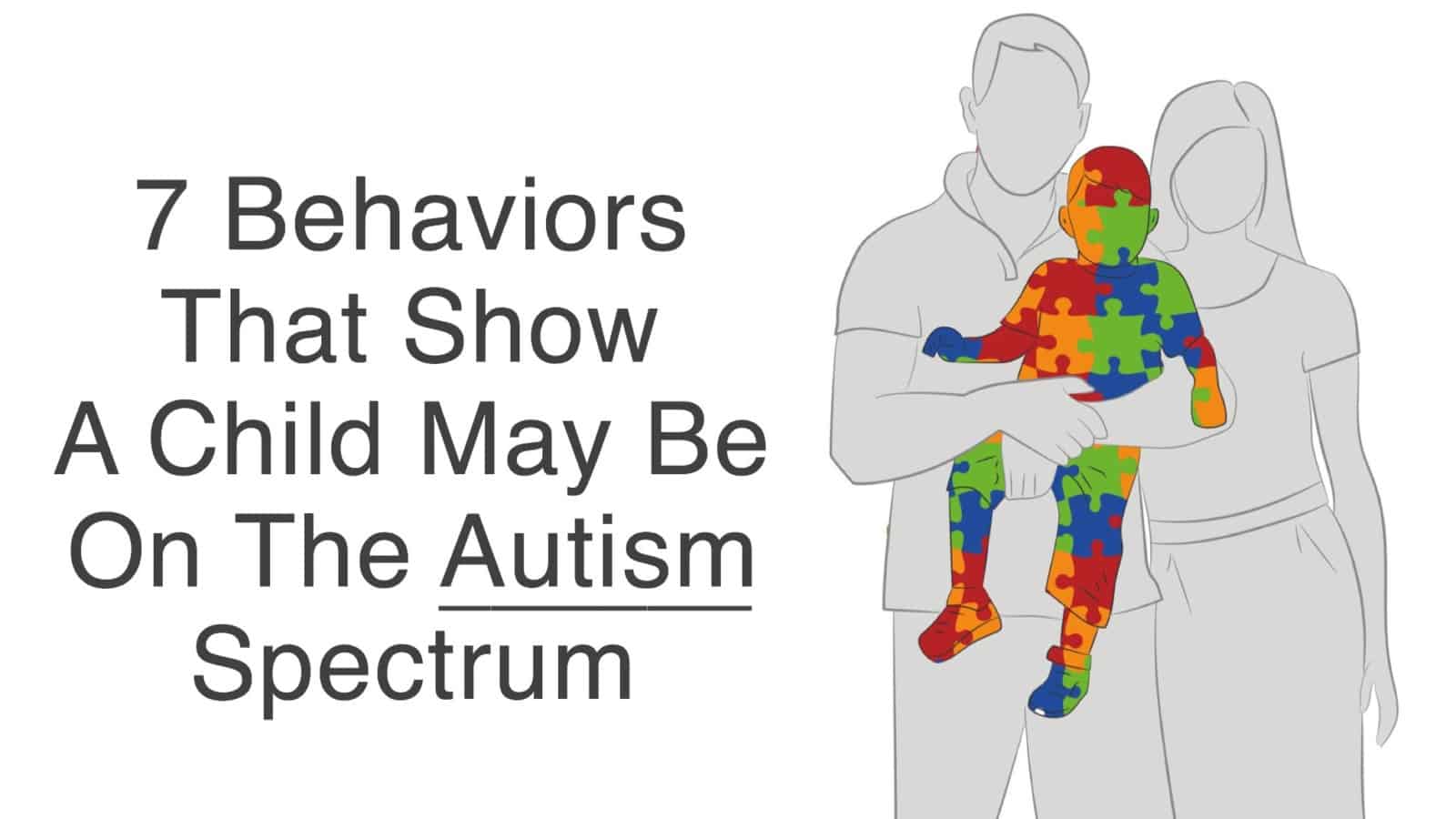Spiritual awakening doesn’t happen by itself. If you’re waiting for the magic moment to occur when your cup of experience is full enough to overflow with enlightenment, you might be waiting a long time.
If we want to develop spiritually, we need to work toward that goal with purpose and intention, but how? Every person’s spiritual path is unique, but there are many commonalities. If you feel like you aren’t making progress, use these spiritual awakening tips to get back on track.
Here are daily habits that will help you during a spiritual awakening:
Awakening is Part of Everyday Life
There is a common belief that spiritual awakening happens in far off corners of the world or on top of mysterious mountain peaks. Some people believe you have to hide from the world or go on a three year trek to find yourself. While it can help to remove the distractions of life, unless you become a monk, you’ll have to return to the world. When you do, you might find that your realization doesn’t fit with the way you must live.
For those of us that can’t so easily shrug off our responsibilities, we must incorporate our spiritual practice into our lives. That means setting aside a part of every day to incorporate spirituality into your life. In a Goalcast article, the Dalai Lama expressed the importance of daily practice. If establishing a consistent practice means getting up an hour early to meditate, pray or whatever practice is important to you, do it, and be consistent.
Connect With Nature
One of the greatest spiritual awakening tips is to spend time in nature. You can take this literally by hiking trails or seeing natural wonders, but there are mundane ways to reconnect with nature that are equally powerful. Spending a little time gardening or running in your neighborhood can remind you of your connection with the world. A Japanese study shows how spending time in nature has many beneficial psychological effects. Our body, our mind and our spirit are all connected. One cannot be in harmony while the others are out of balance.
Putting it to Work and Helping Others
What is the point in working toward spiritual awakening if it doesn’t affect the world around us for the better? Make helping others a part of your daily practice. You don’t have to go to a soup kitchen every day, although volunteering is an excellent way to put your spiritual practice into action. Affirming and simply being there for the people in your life is just as important, if not more so, than saving the world. Your daily interactions with the people in your life are your greatest opportunities to put your spiritual growth into practice.
Learning and Codifying Spiritual Development Goals
To facilitate your spiritual awakening, you should set clear goals and approach learning in a rigorous, systematic way. Constantly look for guidance, and set time aside each day to study your teacher’s words, even if it’s only for 20 minutes. An article in Psychology Today shows how spacing out your study with short intervals can help you master material more quickly.
If you want to get grounded in meditation, make it a goal to meditate every day at the same time of day. Make it a goal to read a certain number of books each month or year. When you meet your goals, extend them. Like a bodybuilder who wants to constantly add weight to his exercises, keeping yourself under stress will force you to grow spiritually.
Hold Yourself Accountable and Confront Your Shortcomings
At the end of every day, before you go to sleep, review your day and hold yourself accountable. Review your practices and your interactions with the people in your life and ask yourself if you acted in a way that is consistent with your spiritual goals. Identify the ways that you fell short and, with determination, consciously decide to improve.
It’s not about punishing yourself; that is the ego puffing itself up. It’s about using your failures to grow toward spiritual awakening. Start a journal and keep track of the ways that you fall short and how you intend to improve.
It’s a Life-long Journey
Working toward spiritual awakening is a life-long pursuit that has no end. Even if you believe in a state of ultimate realization, you must still apply that realization. You must still live your life.
No one ever said that working toward your spiritual improvement would be easy. There are many challenges along the way. Be ambitious with yourself in your goals, but compassionate to yourself about your shortcomings. If you’re ever feeling a little lost, use these spiritual awakening tips to get back on track. Above all, remember that this is a process of love and discovery and never obligation.
https://www.youtube.com/watch?v=Om1lmhaBngA






 6. Everything In Moderation
6. Everything In Moderation

